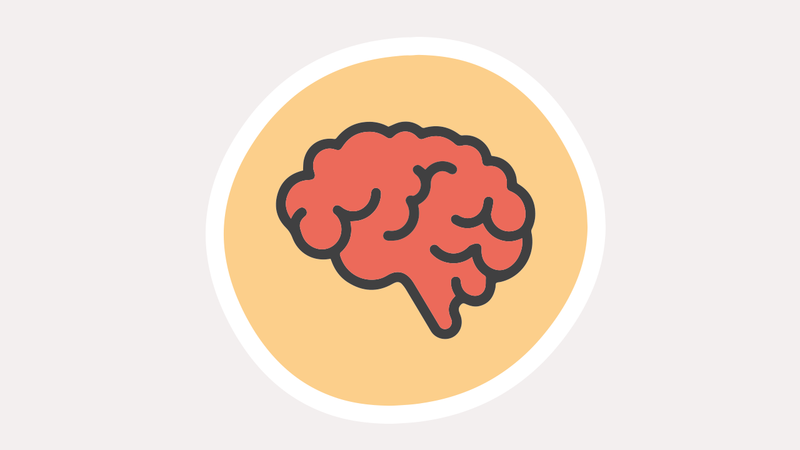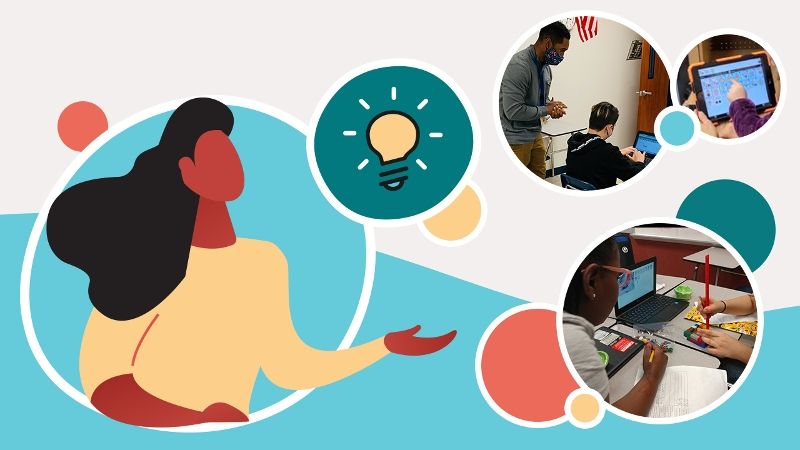Learning in Inclusive Technology Systems

Get Started with Learning Practices:
Established district expectations that all learners use technology to develop agency and autonomy supports the development of self-determined, young adults with the agency and autonomy to engage in the workforce and postsecondary education. The goal for children and youth with disabilities is that they acquire the same information, engage in the same interactions, and enjoy the same services as learners without disabilities, and that they are able to do these things in a way that is equally effective, equally integrated, and with substantially equivalent ease of use (U.S. Department of Education, 2010external site; U.S Department of Education, 2011external site).
CITES Learning practices include:
The CITES learning practices can be approached step by step, or as a “just-in-time” resource to focus on specific areas.
Investigate District Learning Practices
Designing accessible learning experiences using technology requires multi-tiered systems of support. Discover how to enhance your MTSS using inclusive technology. You can also read more about MTSS and AT in this 2024 concept paperexternal site released by the State Leaders of Assistive Technology in Education (SLATE) as well as visit our series: Building a Foundation for Inclusive Technology Systems.
Grab your team and get started with the CITES Self-Assessment: Learning PracticesLearn More

- Webinar: What's It All About? Teaching, Learning & Assessment, Center on Inclusive Technology in Education Systems (CITES) at CAST
- Webinar Series: Learning with the Authors of Inclusive Learning 365, Center on Inclusive Technology in Education Systems (CITES) at CAST
- Case Story: BISD ⎜ Clute, TXPDF document
- Case Story: CCA ⎜ Harrisburg, PAPDF document
- Case Story: BCSP ⎜ Baltimore, MDPDF document